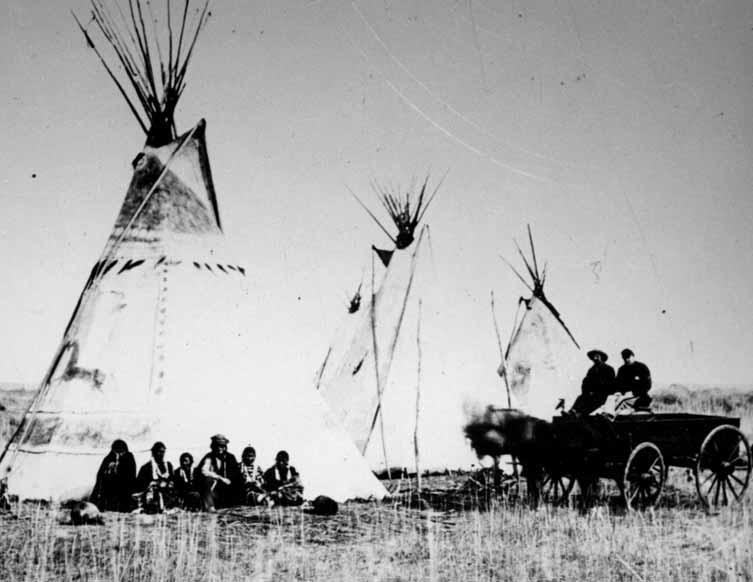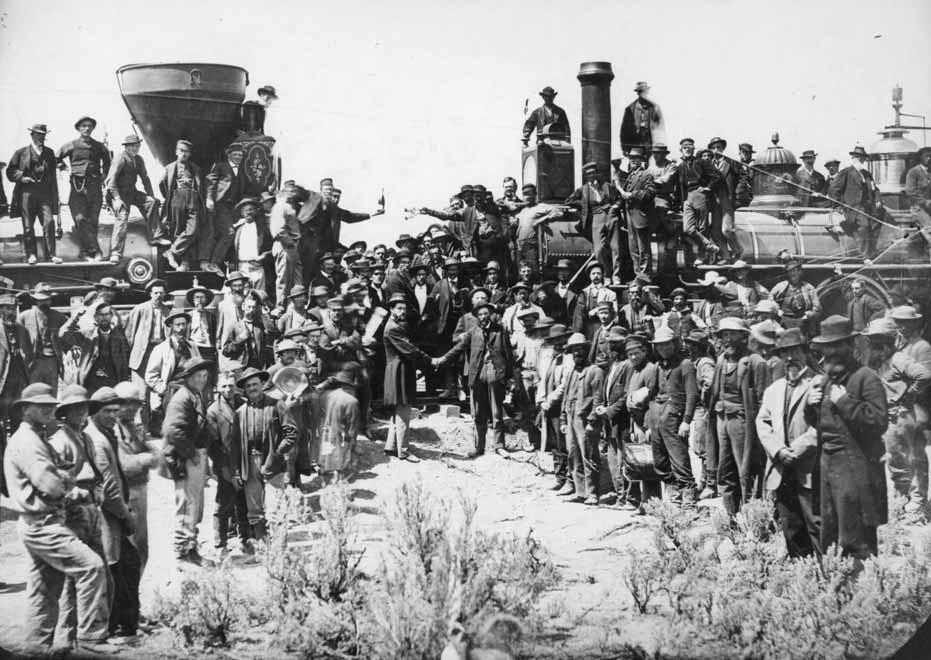
5 minute read
Book Notices
Lynching in Colorado,1859-1919
By Stephen J.Leonard (Boulder:University of Colorado Press,2002.x + 246 pp.Cloth,$24.95.)
Author Stephen J.Leonard’s newest book provides readers with one of the first comprehensive studies of lynching in a Western state.He takes the phenomenon of lynching,so often equated with the South,and examines how it arrived in the West,when,where and why it flourished and operated,who was killed and how lynching was finally eradicated.Lynching is often equated with illegal hangings,yet a person illegally shot,beaten,burned or drowned at the hands of a mob acting under the pretext of justice is just as “lynched”as the one who was hanged.
Lynching arrived in the western reaches of the Kansas and Nebraska Territories with the Pikes Peak Gold Rush of 1859,and between Colorado’s first recorded lynching in the same year and its last in 1919,approximately 175 people were killed without a legal trial.This book examines the role that economics,migration,race,and gender played in the shaping of justice in Colorado and quite possibly the American West.
The Oral History Manual
By Barbara W.Sommer and Mary Kay Quinlan (Walnut Creek,CA:AltaMira Press,2002.vii + 129 pp.Cloth,$70.00;paper,$24.95.)
This highly useful manual on oral history is one of the volumes in the American Association for State and Local History Book Series.If you are looking to undertake an oral history project or just want to learn more about the practice of oral history,this book is an excellent introduction.Beginning with a discussion of developing and planning an oral history project and the legal and ethical considerations in doing oral history,the manual takes readers through the process of how to get started,equipment,budgets and other financial considerations,preparing for an interview,the interview setting,conducting an interview, and what to do with the recorded interview after it has been collected.A glossary, bibliography,sample forms,letters,interview outlines,transcriptions,and tape logs are included in the appendix.
Mormon Chronicle: The Diaries of John D.Lee,1848-1876
Edited by Robert Glass and Juanita Brooks (San Marino:The HuntingtonLibraryPress,2003.xxxiv + 826 pp.$35.00.)
This fourth printing of John D.Lee’s diaries is handsomely packaged and moderately priced.It includes notes and indexes to the two volumes as well as two photographs and short biographies of the volume’s well-known and admired editors. A Mormon Chronicle has been reviewed twice in the Utah Historical Quarterly .Director of the Utah State Historical Society,A.R. Mortensen’s review appeared in the January 1956 issue of the Quarterly.Quoting a competent observer of the volume Mortensen wrote:“Lee stands as the greatest of all the Mormon diarists,”and adds that Lee’s diaries capture the activities of one of the major players in the development of the frontiers as well as those of his associates and contemporaries.Melvin T.Smith reviewed A Mormon Chronicle for the Utah Historical Quarterly in the fall 1984,the year of the diaries’third printing. Echoing Mortensen’s earlier review,Smith labeled Lee both a “heroic”and a “tragic”figure.The Huntington Library Press serves all students of nineteenth century Utah and the West by reprinting these important diaries.
The Diaries of John Gregory Bourke Volume 1: November 20,1872 to July 28, 1876
Edited and Annotated by Charles M.Robinson (Denton,Texas:University of North Texas Press,2003.ix + 518 pp.$49.95.)
His writings reveal much about military life in the West,but also contain observations about prehistoric sites and Indian civilization.It is from his daily contact and interactions that he became to be a noted and respected ethnologist,writing extensive descriptions of American Indian beliefs,customs and traditions.“His views on the settlement of the West were far more critical than other scholars of his era,such as Theodore Roosevelt and Fredrick Jackson Turner.Like them,he saw it as a great national adventure,but devoid of much of the glory that turner and Roosevelt gave it”(2).
This volume and the following series will prove to be a must read for anyone interested in Indian and military interactions, and for scholars of Western American history.
The Great Frontier
By Walter Prescott Webb (Las Vegas:University of Nevada Press, 2003.ix + 433 pp.Paper,$21.95.)
First published in 1951, The Great Frontier is undoubtedly one of the great classics of Western History.A controversial work,that even fifty years after its first publication,scholars still hotly debate its conclusions.
The Great Frontier is not just U.S.history,but rather it is a discussion of the entire occupation of the New World by the expansion of Europe oversees. According to Webb,it is this expansion of Europe into the Western Hemisphere that made possible the development of such fundamental institutions of the modern era such as individualism,capitalism,and political democracy.
By the twentieth century the expansion of the West,which had been going for the past five hundred years and was the dominant movement in world history,was coming to and end.What next? This is the fateful question this book raises.It is now available for a new generation of readers,and is a must read for anyone who wishes to understand the significance and the history of the Western World.
The Buffalo Soldiers:A Narrative of the Black Cavalry in the West
By William H.Leckie with Shirley A.Leckie (1967;revised ed.,Norman:University of Oklahoma Press,2003.xv + 319 pp.$29.95.)
This groundbreaking study of African American soldiers in the West deals primarily with the soldiers of the Ninth and Tenth Cavalry Regiments during the decades after the Civil War to 1891.These buffalo soldiers served to monitor and control Native American peoples primarily on the Great Plains and in Texas though their duties also took them into southern New Mexico and Arizona,and western Colorado where buffalo soldiers of the Ninth Cavalry,under the command of Major T.T.Thornburgh,fought Ute Indians in 1879.Seven years later in 1886,buffalo soldiers under the command of Major Frederick William Benteen established Fort Duchesne in the Uinta Basin.Unfortunately the Utah story is overlooked though the revised edition does give greater attention to the social aspects of the buffalo soldiers’experience and discusses contemporary efforts to memorialize them in film,art,and architecture.







